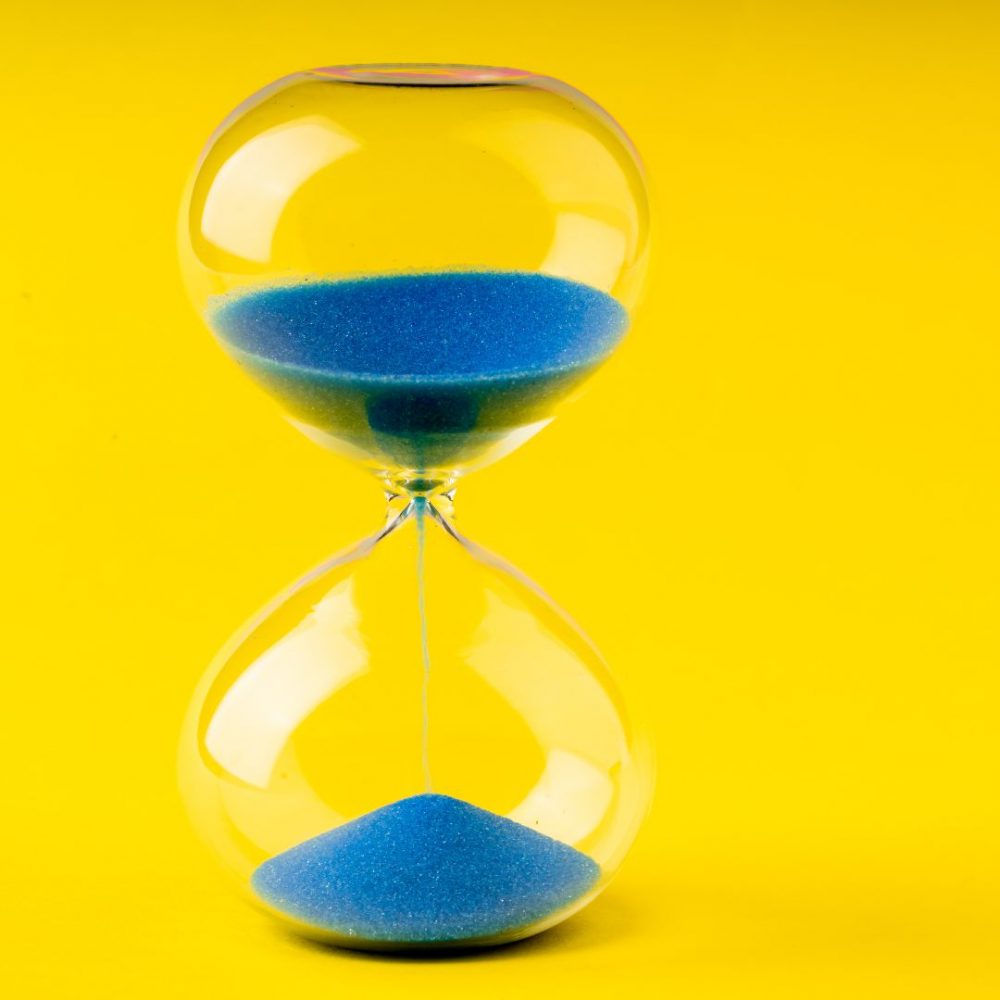
New Time-Measuring Technique!
Recommended for Secondary Grades
Researchers have discovered a completely new method for measuring time.
What is time?
When physicists discuss time, they are referring to the way in which events move chronologically from the past into the present and then into the future.
To date, we count the number of seconds that have passed from “then” and “now.” And it is an easy way to figure out how much time has passed in our world, which is full of winding clocks and swinging pendulums.
On the other hand, “then” cannot always be predicted when working at the very very tiny or quantum scale, where electrons are buzzing.
Moreover, the concept of “now” frequently becomes clouded with mysteriousness.
Researchers have found a new state to measure the time that doesn’t need a specific starting point, according to the results of a study. This state is referred to as the “Rydberg” state.
Important Details
- Firstly, when it comes to particles, Rydberg atoms are like over inflated-balloons.
- Secondly, these atoms are blown up by lasers instead of air.
- Thirdly, their electrons are in very high energy states and orbit far from the nucleus.
- Scientists have learned a lot about how electrons move around when they are pushed into a Rydberg state, which is very important.
- Interference is produced when there is more than one Rydberg wave packet rippling about in an area.
- Also, ripples form in different patterns, just like they do when waves hit the water.
- Importantly, when enough Rydberg wave packets are put into the same atomic pond, there will be more than one pattern.
- And each of these patterns will show how much time is needed for the wave packets to grow in sync with each other.
- Scientists wanted to show that these “fingerprints” of time were reliable enough to be used as a type of quantum time-stamping.
- So, they set up tests to look for these particular signs of time.
- As part of their research, they used a laser to get helium atoms over-inflated.
- Then, they compared the measurements to what they thought would happen based on theory to see how well their signature results might last over time.
- This is helpful because you don’t have to set the clock.
- In other words, all you have to do is look at the fingerprint to know that four nanoseconds have passed.
- Importantly, none of the fingerprints needs a “then” and “now.”
- In future quantum watch studies, instead of helium, other atoms with different strengths could be used.
- This would increase the range of timestamps so that they could be used with a wider range of environmental factors.
Similar Stories
Watch a video
Youtube user “Big Think” shares the physics of time.
Curious Times is a leading newspaper and website for kids. We publish daily global news aligned to your learning levels (also as per NEP 2020): Foundational, Preparatory (Primary), Middle and Senior. So, check out the News tab for this. We bring kids’ favourite Curious Times Weekly newspaper every weekend with top news, feature stories and kids’ contributions. Check out daily JokesPoke, Tongue Twisters, Word of the Day and Quote of the Day, kids need it all the time.
ME – My Expressions at Curious Times is your place to get your work published, building your quality digital footprint. And it is a good way to share your talent and skills with your friends, family, school, teachers and the world. Thus, as you will step into higher educational institutes your published content will showcase your strength.
Events, Quizzes and Competitions bring students from over 5,000 schools globally to participate in the 21st-Century themes. Here schools and students win certificates, prizes and recognition through these global events.
Sign-up for your school for FREE!
Communicate with us: WhatsApp, Instagram, Facebook, Youtube, Twitter, and LinkedIn.
0 (Please login to give a Curious Clap to your friend.)
